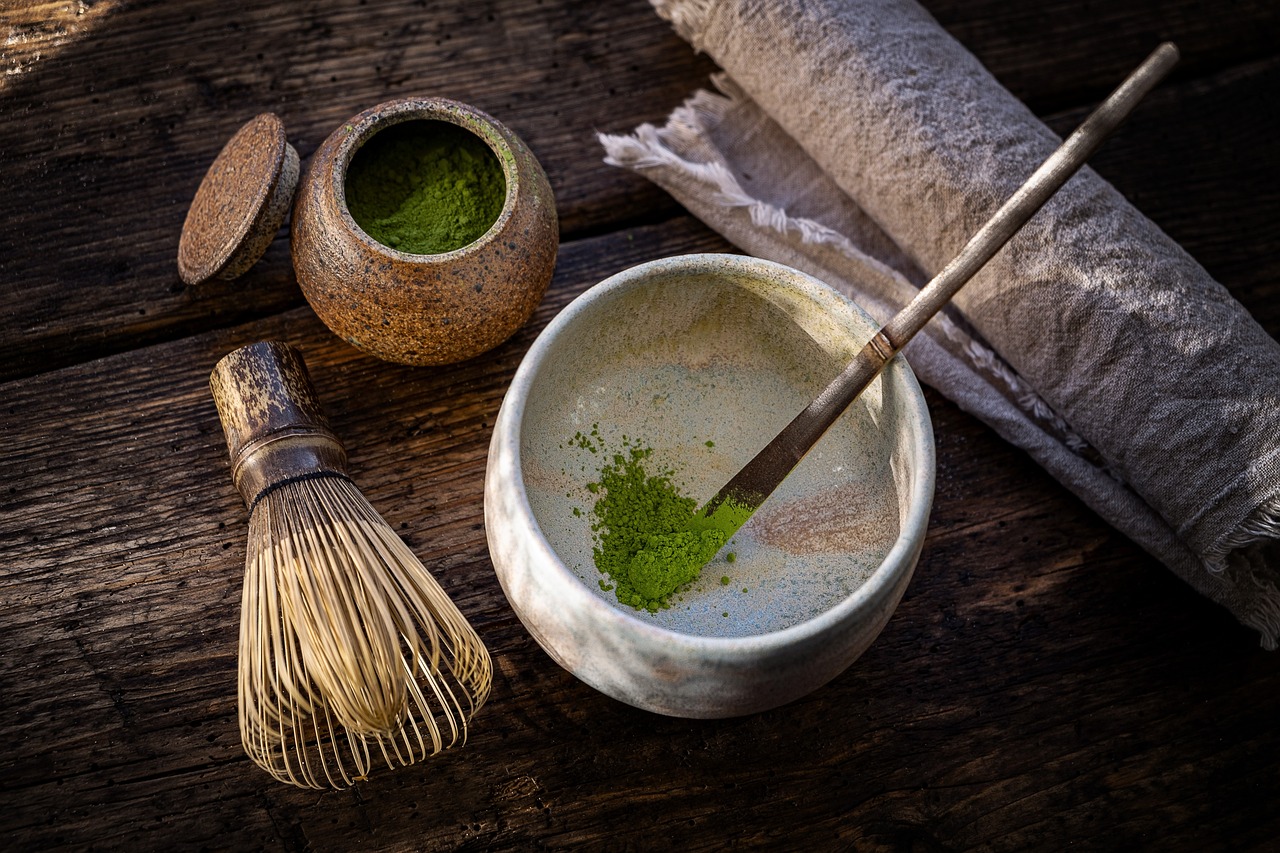
June 20, 2023
Matcha as A Modern Meditation and A Path to Happiness
Nobuko Yamazaki on using traditional ritual to tune into our inner selves
By Abi Buller
Inspired by the meditative powers of matcha, Nobuko Yamazaki finds joy in showing others the beauty in everyday moments. As a director and curator for the Japanese arm of UK matcha brand Matchaeologist, Yamazaki uses aesthetic communication to capture the full-body sensation of enjoying the traditional drink. Through her Instagram curation and online business, she uses images and personal stories to promote happiness in both natural and man-made objects and experiences. Metropolis sat down with Yamazaki to hear more about her passion for matcha and how we can use it in modern day life to improve our wellbeing.

Metropolis: What are your earliest associations with matcha?
Nobuko Yamazaki: My mother and grandmother learned the ritual of sado (tea ceremony), so I was always aware of it, but I didn’t actually try matcha until I was an adult. I think I drank it for the first time in a tea room in a temple or a Japanese garden.
M: How did you turn your love for matcha into a career?
NY: As I was considering my creative practice and my future path, I had an intuitive feeling that I would find ideas by keeping in tune with all of my physical senses—not just by thinking with my head. At that time, I wanted to develop my understanding of the tea ceremony process. Through this interest, I became aware of an artistic sensibility that is used in the tea ceremony, which is called a “moving meditation.” Through the experience, guests feel the seasons, the peaceful setting of the tea room and the carefully chosen utensils. I soon realized that the tea ceremony would be a perfect foundation for exploring creative activities, because it makes full use of the five senses.
M: Can you tell us a bit about Matchaeologist?
NY: Interestingly, Matchaeologist was born in the UK. The founder used to work as a banker in London and was drawn to Japan because of a desire to find a greater purpose. He embarked on a journey to become a monk and to reconnect with himself. During his training, he fell in love with matcha and decided to dedicate himself to the Japanese tea industry. He also became concerned about the potential loss of Uji craftsmanship, so returned to London and founded Matchaeologist to spread the goodness of Uji matcha.
Today, Matchaeologist continues to make high-quality matcha using traditional techniques of craftsmen in Uji. We also design functional and modern tea utensils that fit modern lifestyles so that people around the world can incorporate matcha rituals into their daily lives.
M: How did you bring Matchaeologist to Japan?
NY: This is my first business experience, so I have learned a lot while making many mistakes. I’ve also learned about myself through the process of sharing matcha rituals with other Japanese people. Of course, my aim is to develop a sales strategy geared towards Japan, but also, on a personal level, I would like Japanese people to adopt a lifestyle that involves the traditional rituals of matcha. For that reason, I realized it’s also really important to connect with our customers in person during demonstrations, catering, workshops and other events.

M: What message are you trying to share about matcha?
NY: Personally, I’m trying to convey the beauty of the seasons and the power of nature. I want to show the process of making matcha, how to use your senses when tasting matcha, and the calmness you get after drinking matcha. To fully experience matcha requires you to be in touch with your body and to refine your senses. That’s why I chose to create a platform, called cite, that showcases interviews and stories relating to sensory experiences.
M: How would you describe your aesthetic style?
NY: I like calm and sophisticated styles where natural and artificial elements blend seamlessly together. Human beings are creatures of nature, so I believe that man-made objects are created by nature, too. I also think essential beauty should transcend gender, age and trends.
M: Where do you find inspiration?
NY: Mainly from my favorite exhibitions, movies and books, but also by looking at the shadows created by nature, observing plants, various scents, sounds and music. I try not to cling to each idea after experiencing it though. I find that if I take in lots of content and then leave it alone, new inspiration will suddenly appear while I’m out walking or doing daily activities.

M: What is the best thing about your work?
NY: The good thing about this job is that it allows me to help people live rich and happy lives. Although there are various definitions of happiness, I believe it’s not about having a lot of material things, but more about feeling the richness of your body. I believe that matcha and art can help you achieve that richness. It is a pleasure to be involved in the happiness and richness of human beings.
M: How can matcha improve people’s daily lives?
NY: By making and drinking matcha, you can awaken your physical senses and cultivate positive feelings. If people learn to appreciate matcha rituals, they will similarly be able to find beauty in many things – both natural and man-made.
M: How do you find daily happiness?
NY: I’m happy when I eat delicious food and witness people’s kindness. I also love meeting new people and discovering their personalities. If you look around with a calm mind, you will find beauty and richness everywhere. You can find beauty in shadows, ripples on the surface of the water, water droplets on plants, the shape of the moon or the color of the sky.







